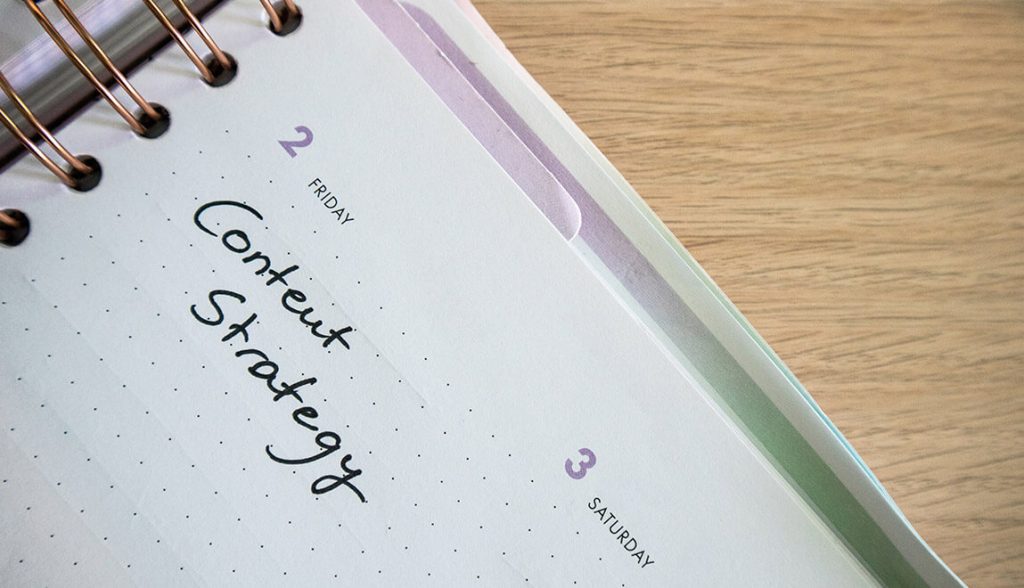In today’s digital age, having a fast and responsive website is essential for success. Slow-loading pages and sluggish performance can lead to a poor user experience, high bounce rates, and lost revenue. That’s why website performance optimization is crucial. In this article, we’ll explore what website performance optimization is, why it’s important, and how you can improve your website’s performance.
What is Website Performance Optimization?
Website performance optimization (WPO) is the process of improving a website’s speed and performance. This includes everything from page load times to overall website functionality. WPO involves a combination of techniques, including optimizing images, minimizing code, and leveraging browser caching, to name a few.
Why is Website Performance Optimization Important?
Website performance optimization is critical for several reasons. First, fast-loading websites provide a better user experience, which can lead to increased engagement and conversions. Additionally, Google considers website speed and performance as ranking factors for search engine results pages (SERPs). In other words, faster websites have a better chance of ranking higher in search results.
Another reason why WPO is important is that it can save you money. Slow-loading pages and poor performance can result in lost revenue, higher bounce rates, and lower search engine rankings. By optimizing your website’s performance, you can improve user engagement, increase conversions, and ultimately boost your bottom line.
How to Improve Website Performance Optimization
There are several ways to improve website performance optimization. Here are some of the most effective techniques:
Optimize Your Server and Hosting Environment
The hosting environment and server configuration can significantly impact website performance. A poorly optimized server can lead to slow response times and site loading speed. It is essential to have a web host that is optimized for speed, reliability, and security. Consider the following:
- Server Location: Choose a server that is close to your target audience. This will reduce latency and improve website performance.
- Server Response Time: A server that takes too long to respond will lead to slow site speed. Optimize your server response time by optimizing your server software, reducing the number of HTTP requests, and compressing files.
- Content Delivery Network (CDN): A CDN is a network of servers located around the world that stores and delivers website content to visitors based on their geographic location. Using a CDN can significantly improve website performance by reducing latency and improving server response time.
Use Caching to Improve Website Performance
Caching is the process of storing frequently accessed data in a cache to reduce the time it takes to retrieve the data. Caching can significantly improve website performance by reducing the number of database queries and HTTP requests. There are two types of caching: server-side caching and client-side caching.
- Server-Side Caching: This type of caching involves storing frequently accessed data on the server. Server-side caching can be achieved through techniques such as database query caching, object caching, and page caching.
- Client-Side Caching: This type of caching involves storing data in the visitor’s browser. Client-side caching can be achieved through techniques such as browser caching, cookie caching, and session caching.
Minimize HTTP Requests
Each time a web page is loaded, the browser sends an HTTP request for each file that needs to be loaded, including images, scripts, and stylesheets. The more HTTP requests a page makes, the slower the page will load. To improve website performance, minimize the number of HTTP requests by:
- Combining files: Combining multiple files into one reduces the number of HTTP requests required to load a page.
- Minimizing files: Minimizing files reduces their size, which reduces the time it takes to load them.
- Using a Content Delivery Network (CDN): A CDN stores website content in multiple locations around the world, reducing the distance data has to travel and the number of HTTP requests required.
Optimize Images
Images can significantly impact website performance. Large, unoptimized images can slow down site speed and lead to a poor user experience. To optimize images for the web, consider the following:
- Compress images: Compressing images reduces their size without significantly impacting their quality. Tools such as Adobe Photoshop, ImageOptim, and TinyPNG can be used to compress images.
- Choose the right image format: Different image formats are optimized for different types of images. For example, JPEGs are best for photographs, while PNGs are best for graphics with transparent backgrounds.
- Use lazy loading: Lazy loading is a technique that loads images only when they are needed, reducing the number of HTTP requests required to load a page.
Monitor and Test Website Performance
Finally, it is essential to regularly monitor and test website performance to identify areas that can be optimized. Use tools such as Google PageSpeed Insights, Pingdom, and GTmetrix to measure website performance and identify areas that need improvement. Regularly monitoring and testing website performance will ensure that your website remains fast and responsive, providing visitors with an optimal user experience.
Conclusion
Website performance optimization is crucial for providing visitors with a fast, responsive, and user-friendly website. By following the tips outlined in this article, you can significantly improve your website’s performance, reduce bounce rates, and increase visitor engagement. Remember, a fast website is essential for retaining visitors and improving







